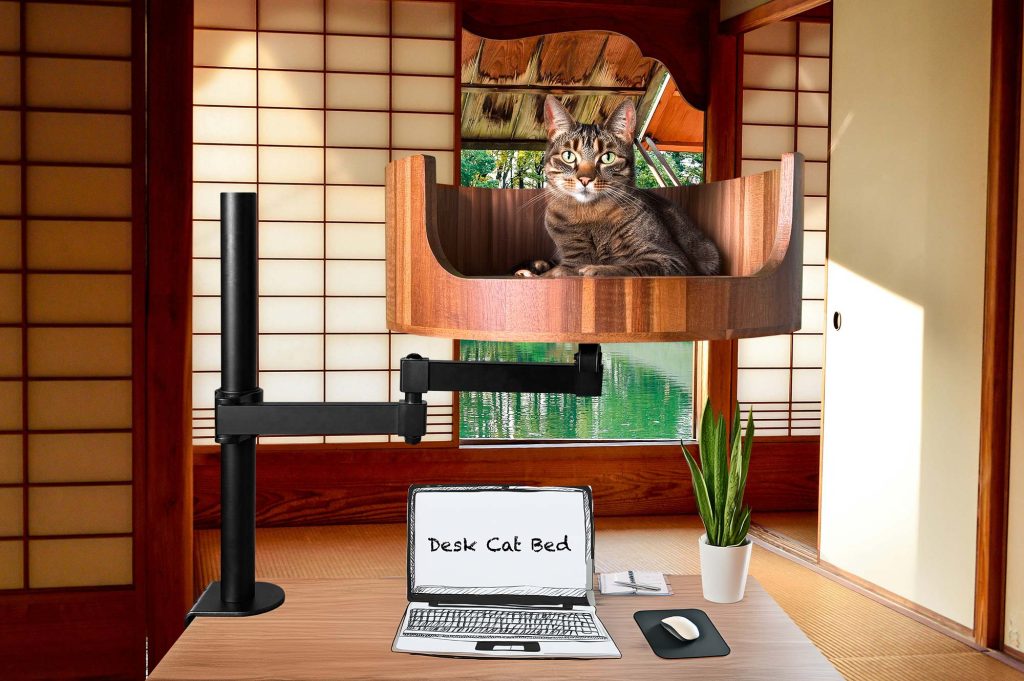Have you ever noticed a cat wagging its tail and wondered what it meant? Cats are known for being mysterious creatures, but understanding their behavior can provide invaluable insights into their emotions and needs. In this article, we will delve into the fascinating world of feline behavior, specifically focusing on the often misunderstood behavior of tail wagging.
Contrary to popular belief, tail wagging in cats is not always a sign of happiness like it is in dogs. Cats use their tails to communicate a wide range of emotions, including fear, excitement, or aggression. By observing the subtle nuances of their tail movements, cat owners can better understand their feline companions and address their needs accordingly. From slow, deliberate sways to quick, vigorous flicks, each tail movement conveys a different message that can help decipher a cat’s state of mind. By gaining a deeper understanding of why cats wag their tails, we can strengthen the bond between humans and their feline friends.
Key takeaways:
1. A cat’s tail wagging indicates their emotional state and can be a valuable tool for understanding their behavior.
2. Tail position can also signal a cat’s mood, with a high tail indicating confidence and a low tail suggesting fear or submission.
3. Feline body language is complex and nuanced, with tail movements complementing other behaviors like purring or meowing.
4. Understanding a cat’s tail language can improve communication and help build a stronger bond with your feline companion.
5. By paying attention to your cat’s tail movements, you can better respond to their needs and provide a more enriching environment for them.
## Evolution of Cat Behavior
Cats are known for their mysterious and enigmatic behavior, including the way they wag their tails. To understand why cats wag their tails, we must first look at the evolution of feline behavior. Cats are descendants of solitary hunters, and their behaviors are still influenced by their wild instincts. Tail wagging can be traced back to their ancestors, who used their tails to communicate with other cats. Understanding the evolutionary roots of this behavior can shed light on why our domesticated cats still exhibit this intriguing habit.
## Communication through Tail Wagging
Tail wagging in cats serves as a form of communication and expression. It is a way for cats to convey their emotions, feelings, and intentions to other cats, animals, or even humans. For example, a cat may wag its tail in a slow and relaxed manner when it is feeling content and happy. On the other hand, a fast and aggressive tail wag could indicate that the cat is feeling threatened, anxious, or agitated. By observing the way a cat wags its tail, we can better understand its current state of mind and respond accordingly.
## Signs of Cat Stress or Aggression
In some cases, tail wagging in cats can be a sign of stress or aggression. When a cat fluffs up its tail and wags it rapidly, it may be a warning sign that the cat is feeling threatened or ready to attack. Understanding these subtle cues can help us prevent conflicts and ensure a harmonious relationship with our feline companions. By being attentive to the way our cats wag their tails, we can decipher their emotions and provide them with the care and support they need to feel safe and secure.
## Importance of Tail Language in Cat Care
As cat owners, it is crucial to pay attention to our feline friends’ tail language to ensure their well-being and happiness. By monitoring how our cats wag their tails and interpreting their signals correctly, we can establish a strong bond with them and create a nurturing environment. Tail wagging is just one of the many ways cats communicate with us, and by understanding this behavior, we can deepen our connection with our furry companions and enhance the quality of their lives.
Frequently Asked Questions
Why do cats wag their tails?
Cats wag their tails as a way of communicating their emotions. It can indicate excitement, agitation, playfulness, or even aggression. Observing your cat’s body language along with tail wagging can help you better understand what they are feeling.
Can a Desk Cat Nest help with cats wagging their tails?
A Desk Cat Nest can provide a comfortable and quiet space for your cat to retreat to when they are feeling stressed or overwhelmed. Having a designated area for your cat to relax in can help reduce instances of tail wagging due to agitation or anxiety.
How should I introduce my cat to a Desk Cat Nest?
It’s important to make the Desk Cat Nest a positive and inviting space for your cat. You can entice them with treats, toys, or familiar bedding to encourage them to explore and use the nest. Placing the nest in a quiet and cozy area where your cat likes to spend time can also help them feel comfortable using it.
Is the Desk Cat Nest easy to clean?
Yes, the Desk Cat Nest is designed to be easy to clean and maintain. The removable cushion and washable cover make it simple to keep the nest clean and fresh for your cat. Regularly cleaning the nest will help ensure your cat remains happy and comfortable in their special space.
In conclusion, a Desk Cat Bed is a valuable choice for cat owners looking to help their feline friends wag their tails in contentment. With its cozy and comfortable design, this bed provides a safe and secure space for cats to relax and rest, leading to lower stress levels and happier overall well-being. By investing in a Desk Cat Bed, cat owners can support their pets’ natural behaviors and enhance their quality of life.


